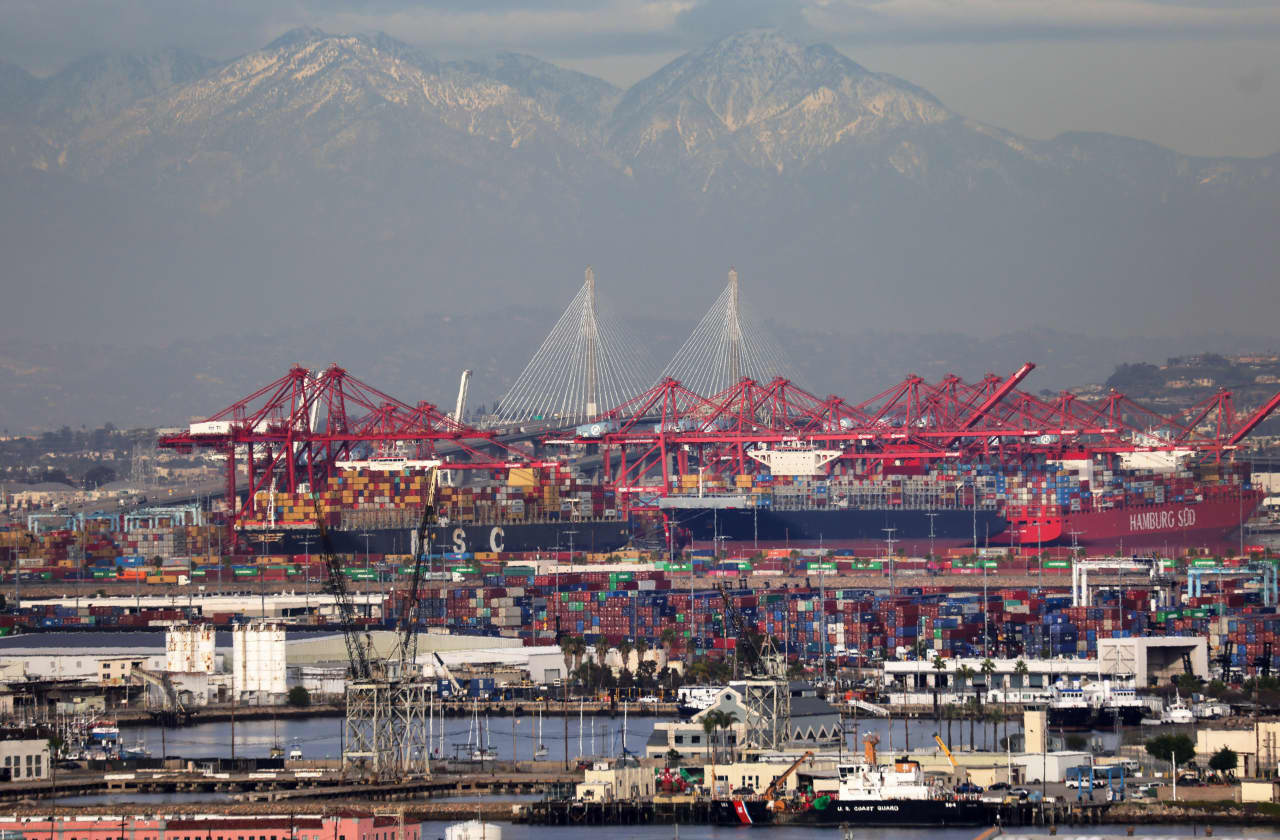#Inside the space plan to create an ‘oxygen farm’ on the moon

Table of Contents
“Inside the space plan to create an ‘oxygen farm’ on the moon”
The ESA is planning to build an oxygen plant on the Moon to help astronauts breathe in outer space.
On Wednesday, a winner was selected by the European Space Agency (ESA) to be the first to construct a payload tasked with extracting oxygen from the moon’s surface, according to a new report.
Led by Thales Alenia Space in the UK, the winning team will need to produce a small instrument that can assess the likelihood of building larger plants on the moon.
The purpose of these lunar plants is to “extract propellant for spacecraft and breathable air for astronauts – as well as metallic raw materials for equipment,” according to the report.
An imperative requirement of the payload is the ability to extract 50 to 100 grams of oxygen from lunar regolith, which is fine gray soil on the moon’s surface that features a density of about 1.5 g/cm3.
The instrument, which will be running on solar power, also needs to be able to deliver precise measurements of performance and gas concentrations.
“The payload needs to be compact, low power, and able to fly on a range of potential lunar landers, including ESA’s own European Large Logistics Lander, EL3,” David Binns, Systems Engineer from ESA’s Concurrent Design Facility, said.

On top of meeting the aforementioned criteria, the team’s payload craft has to be able to complete these tasks within one lunar day, which is equivalent to a 12-day period on Earth.
Previous studies conducted by the ESA have already shown that lunar regolith’s most abundant element is oxygen, making up about 40–45% of its weight.
Still, it’s not as easy as it seems to extract this oxygen due to it being chemically bound as oxides in the form of minerals or glass.
However, a prototype oxygen plant set up in ESTEC’s Materials and Electrical Components Laboratory has perfected the procedure.
The process consists of utilizing electrolysis to break simulated lunar regolith into metals and oxygen – the staple resources for long-term and sustainable space missions.
“Being able to extract oxygen from moonrock, along with useable metals, will be a game-changer for lunar exploration,” Binns said.
He noted that the feat will allow international cosmonauts to live off the land without requiring expensive terrestrial supply lines.
Lastly, Binns proclaimed that the team is looking forward to working with the winning consortium “to make their design a practical reality.”
This article originally appeared on The Sun and was reproduced here with permission.
If you liked the article, do not forget to share it with your friends. Follow us on Google News too, click on the star and choose us from your favorites.
For forums sites go to Forum.BuradaBiliyorum.Com
If you want to read more News articles, you can visit our News category.




